Rising Prevalence of Sleep Disorders
The increasing incidence of sleep disorders, particularly sleep apnea, is a primary driver for the sleep apnea-devices market. In the GCC region, studies indicate that approximately 30% of the adult population may suffer from some form of sleep apnea. This alarming statistic highlights the urgent need for effective diagnostic and therapeutic devices. As awareness grows, healthcare providers are more likely to recommend these devices, leading to a surge in demand. The sleep apnea-devices market is projected to expand significantly, with an estimated growth rate of 8% annually over the next five years. This trend suggests that as more individuals seek treatment, the market will continue to flourish, driven by both necessity and increased healthcare access.
Aging Population and Lifestyle Changes
The aging population in the GCC region is contributing to the growth of the sleep apnea-devices market. As individuals age, the likelihood of developing sleep apnea increases, necessitating the use of specialized devices for management. Additionally, lifestyle changes, such as increased obesity rates and sedentary behavior, are further exacerbating the prevalence of sleep disorders. Reports suggest that obesity rates in the GCC have risen by over 30% in the last decade, correlating with higher incidences of sleep apnea. This demographic shift is expected to drive demand for sleep apnea devices, with market growth projected at 10% over the next five years, as healthcare systems adapt to the needs of an aging population.
Technological Innovations in Device Design
Technological innovations are transforming the landscape of the sleep apnea-devices market. The introduction of smart devices equipped with advanced features such as real-time monitoring, data analytics, and connectivity to mobile applications is reshaping consumer expectations. These innovations enhance user experience and compliance, making it easier for patients to manage their conditions. In the GCC, the demand for such technologically advanced devices is on the rise, with market analysts estimating a growth in sales of smart devices by 20% annually. This trend indicates that as technology continues to evolve, the market will likely see an influx of new products that cater to the needs of tech-savvy consumers.
Government Initiatives and Healthcare Policies
Government initiatives aimed at improving healthcare access and quality in the GCC region are significantly influencing the sleep apnea-devices market. Policies that promote early diagnosis and treatment of sleep disorders are being implemented, which encourages healthcare providers to adopt advanced sleep apnea devices. For instance, the introduction of health insurance coverage for sleep studies and treatments has made these devices more accessible to the general population. This regulatory support is expected to enhance market growth, with projections indicating a potential increase in device adoption rates by 15% over the next few years. Such initiatives not only improve patient outcomes but also stimulate the overall market.
Increased Investment in Healthcare Infrastructure
Investment in healthcare infrastructure within the GCC is a crucial driver for the sleep apnea-devices market. Governments are allocating substantial funds to enhance healthcare facilities, which includes the integration of advanced diagnostic and treatment technologies for sleep disorders. This investment is likely to improve the availability of sleep apnea devices in hospitals and clinics, making them more accessible to patients. Furthermore, the establishment of specialized sleep centers is expected to facilitate better diagnosis and treatment options. Analysts predict that this trend could lead to a 12% increase in the market size over the next few years, as improved infrastructure supports the growing demand for effective sleep apnea management solutions.


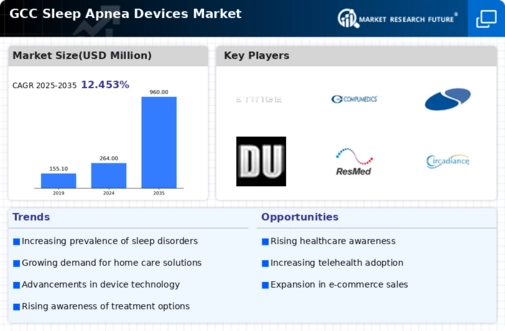
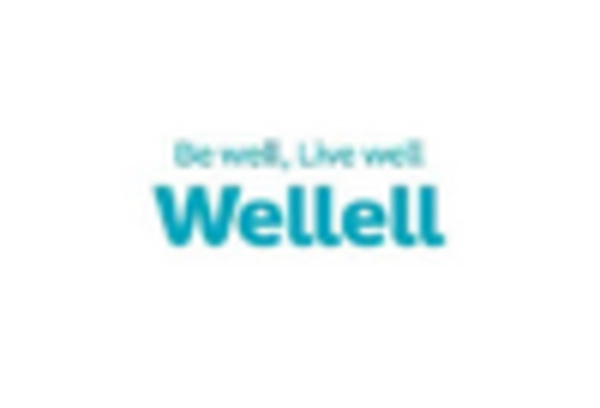
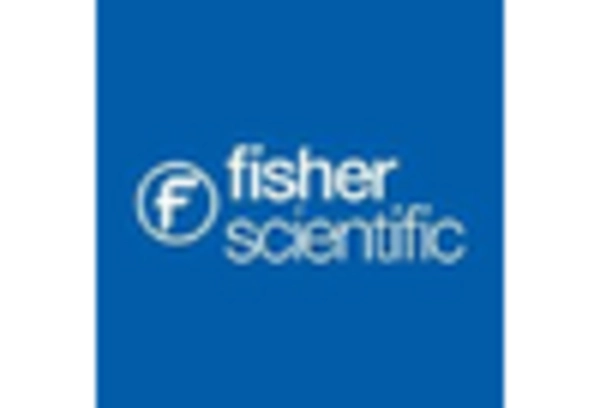


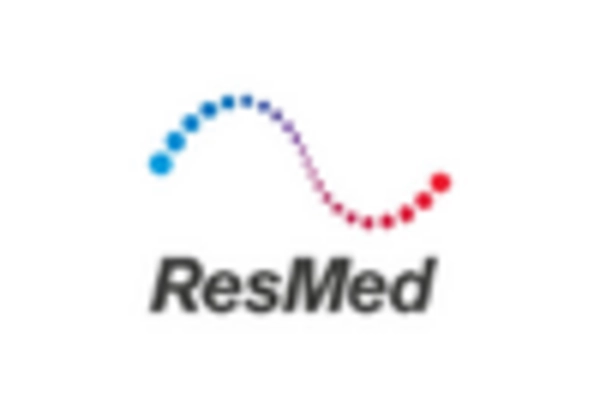
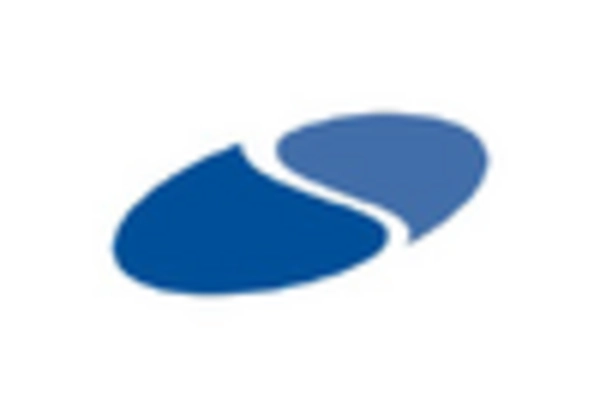








Leave a Comment